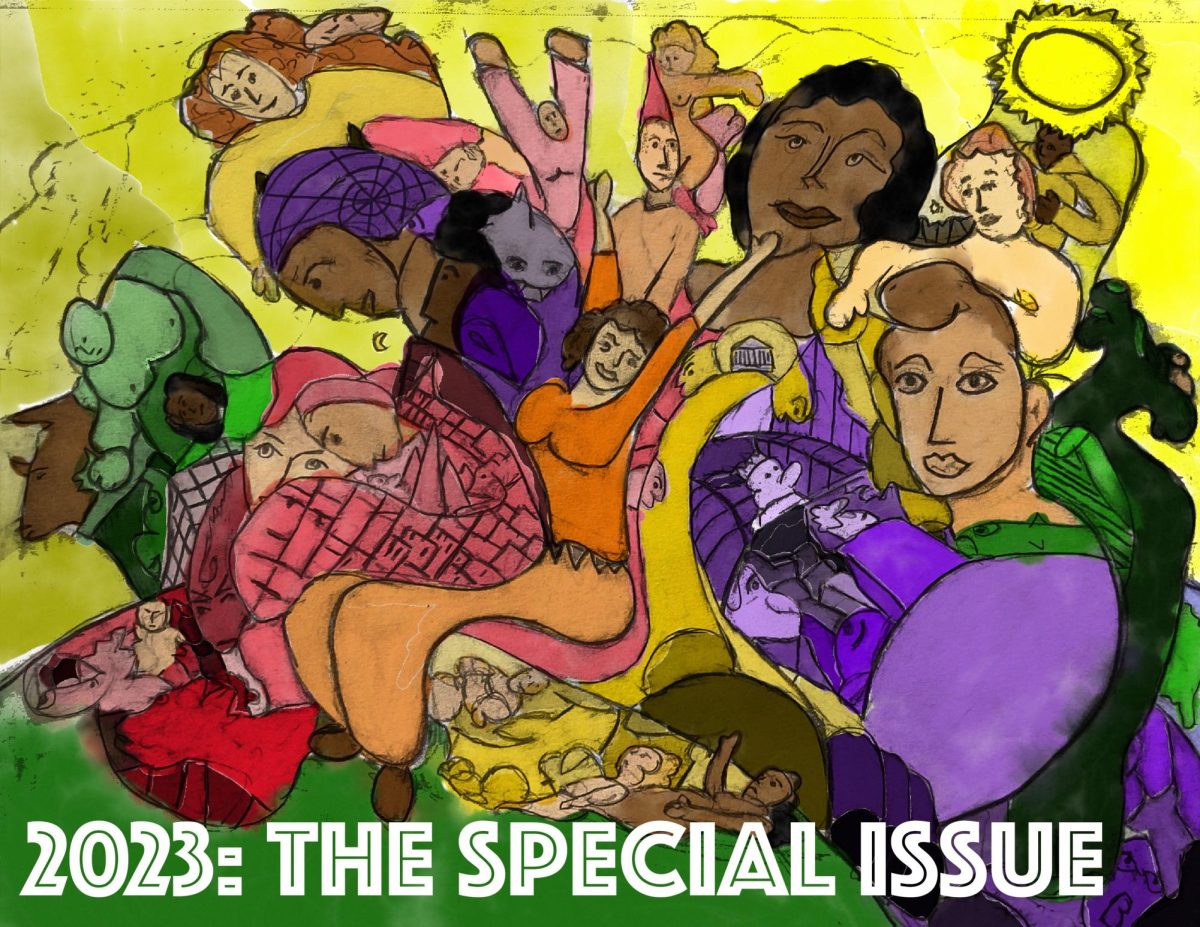
Which was more exciting during the 2016 summer Olympics in Rio: Watching Michael Phelps’ win record-breaking amounts of medals or his abundance of mysterious dark circles?
Amidst the excitement of watching Phelps win gold after gold and break new records during the Rio Olympics, people couldn’t help but notice the big dark circles scattered all over his arms and back. Phelps was not alone in this, as many other Olympians were “spotted” covered in these marks as well.
The mystery behind these circles is much simpler than an alleged attack by golf balls or any other absurd explanation. Rather, these marks are the result of an alternative form of medicine called cupping.
Cupping is a form of acupuncture therapy by which a vacuum is created in a cup and then placed upside down on an area of your skin. This process causes your blood vessels to expand, and the skin under the cup to rise and form a sort of dome. The cups are generally left on the skin for no more than three minutes before being removed.
People resort to this therapy to help with pain, relaxation or as a type of massage. The side effects of this therapy are fairly mild, generally leaving perfectly round bruises caused by popped blood vessels beneath the skin.
There are two different types of cupping: dry and wet. Dry cupping is more popular among Western societies, and is what Michael Phelps and other Olympic athletes utilized. Wet cupping – which is not as readily accepted in Western nations – is on the other hand a more invasive procedure, most commonly found in China and in certain predominantly Islamic parts of the world.
It is virtually the same as dry cupping, except for an added step whereby a professional makes a small incision in the skin underneath where the cup will be placed, and the suction from the cup draws a small amount of blood from the open wound, as a kind of “detox.”
Many Olympians have turned to this technique to help with recovery and aches from the physical stresses of practicing and competing.
Despite its high-profile users, research on cupping, for the most part, has been inconclusive. While some organizations can list multiple medical issues that cupping can heal, others have stated that the therapy itself has not proven effective.
The British Cupping Society (BCS) is a pro-cupping organization aimed at advocating the “cupping profession” and educating the public to promote understanding and acceptance of the practice. The BCS claims that cupping can be used to treat certain blood disorders, skin rashes, anxiety, depression and a wide array of other issues, although they have little concrete evidence to support these claims.
Yet many athletes swear by this therapy. Along with Phelps, members of the men’s United States men’s gymnastics team, such as Alex Naddour, as well as many other Olympians worldwide have used this therapy, as was visible during the Olympic competitions. Even popular celebrities have tried cupping. To name a few, Jennifer Aniston, Justin Bieber and Victoria Beckham have been photographed with cupping marks over the years.
But while cupping seems to be the new trend, this practice dates back to ancient Chinese and Middle Eastern cultures almost 3,000 years ago. Back then the cups used for cupping were made out of bamboo, and the suction was generated by igniting a fire within the cup before placing it on the skin.
One common concern is whether or not cupping therapy is painful. The British Acupuncture Council states that the therapy is not painful, although Phelps was seen flinching while having the therapy done. Other athletes have also confirmed this pain. Some have recorded the experience to feel uncomfortable rather than painful, as the cups produce a feeling of tight suction on the skin.
Even though there is no evidence to prove the effectiveness of cupping, there is also no evidence to show that it is harmful. You should not attempt cupping on your own. For safety reasons, cupping should only be done by a professional. But there’s no harm in finding a local acupuncture clinic to test it out. If it helped Michael Phelps win a record 23 gold medals, who knows what it could do for you.
Jessica Chaiken can be reached at [email protected].


















